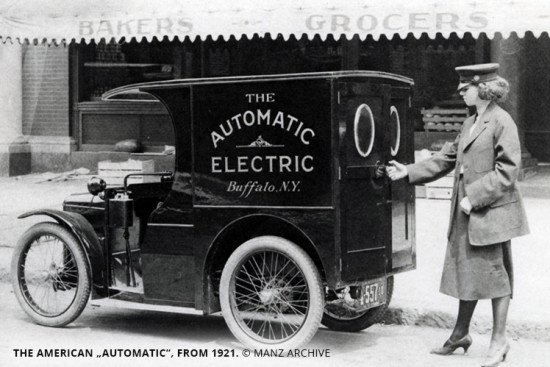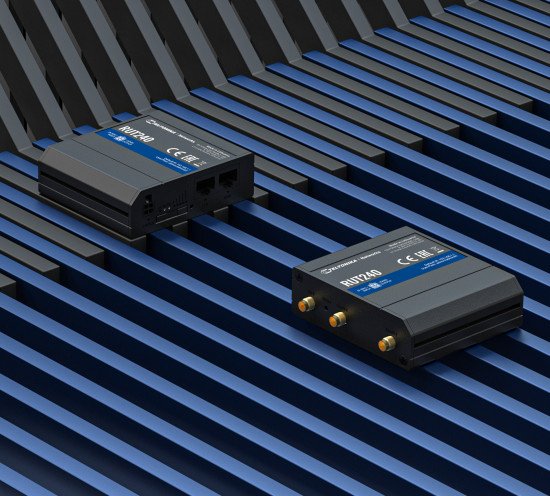HOW TO ACCELERATE EV ADOPTION
The first attempts to introduce electric vehicles were made in the early 19th century, and for some period in history, electricity-powered vehicles were actually as prevalent as steam-powered ones. But with the wider availability of gasoline and the mass-production of Ford’s internal combustion engine cars, electric vehicles were left in the shadow.
Just at the end of the 20th century, EVs returned and started a real automotive revolution. The world has greatly advanced in electrification and EV adoption in recent years. With the European Union promoting electric car sales to transition to a low-carbon economy and countries’ governments pushing various incentives, such as EV purchase subsidies and tax reductions, the increased growth of EV sales is surely expected. Nevertheless, in some places, EV adoption is still slow. Why so?
An increase in EV ownership reveals a major setback
It is estimated that electric vehicle ownership will reach 100 million units globally by 2030, which is more than enough to cover the whole population of Germany. It is not surprising, as the increase has been indeed gradual. The number of EV registrations in Europe has grown from 700 units in 2010 to about 550 000 units in 2019 and surged in 2020 when 11% of all newly registered passenger vehicles were electric.
Even though the progress of the EV industry is evident, it seems the world is not fully prepared to embrace such an increase because of insufficient infrastructure.
EV charging infrastructure is not developed enough
The key issue in EV adoption is the shortage of convenient and powerful charging stations. For example, in 2021, the UK was one of the leaders in the number of new EVs sold, but in London, the capital with a population of 9.5 million, there were only 7 000 charging points. And it should be added that one in ten of those 7 000 chargers was faulty. What does it leave us with?
The fact that there are not enough charging stations to meet the rapidly growing demand for electric vehicles is just one part of the complex problem. The concern also lies in the capabilities of the energy grid to keep up with the rapidly growing EV demand.
Current charging stations do not meet users’ needs
Many of the existing stations are not sufficient for a new generation of EVs and, most importantly, for the needs of a modern person. Right now, only 1 in 9 charging points across Europe provides fast charging, while others take forever to charge a car.
It is undeniable that modern EV charging solutions need to be time-saving, cost-efficient, smart, and user-convenient, meaning available to be used both in public places and at home. Just imagine how EV sales would skyrocket if all these criteria were met.
In addition, we should not forget that visual aspects and customization options are must-have features in any modern day’s customer-oriented product. Teltonika’s survey has shown that customers want to have the freedom to tailor their products according to their needs.
Charging stations need reliable connectivity
Modern charging stations require stable access to the Internet for convenient management, firmware updates, data recording, secure payment collection, and additional features. Such innovative connectivity solutions should also fit into charging stations’ sleek urban design.
Teltonika Networks, Lithuanian company of IoT solutions, offers compact hardware with high reliability, plug-and-play functionality, and secure connection to charging businesses. The company’s RUT240 industrial cellular router plays a crucial role in reliably and cost-effectively connecting EV chargers, cloud-based platforms, and the operators.
In some places, wired connectivity is not an option. Therefore, this router provides a stable connection via 4G LTE between the EV charging point and the platform. It enables the operator to change settings, perform firmware and payment system updates remotely without visiting each charging station. The router’s compatibility with remote management platforms enables 24/7 real-time analytics and surveillance, which provides information in case of any issues with the charging station.
Additional Wi-Fi access point & Hotspot functions enable on-site operators to quickly and conveniently perform on-site inspection and management of preferred settings. Moreover, the wireless access point functionality of RUT240 is suitable for NFC wireless payments, enabling clients to pay for their EV charging services with no hassle.
The future of home charging with TeltoCharge
Over the next ten years, the number of electric vehicles on the road will continue to rise substantially. Thus, the EV charging industry should be prepared to provide easy-to-use, convenient, and affordable EV charging solutions for personal use.
The US Department of Energy estimates that most owners of electric vehicles will perform up to 90% of their charging overnight at home or during their time at work.
Considering this, Teltonika has come to the scene to improve the situation and help accelerate the transition to a greener future by developing what every EV user might need – an affordable, smart and reliable EV charger for home use.
Teltonika Energy, a member of Teltonika IoT Group, develops innovative electric vehicle charging solutions to enable more efficient and sustainable driving, effectively contributing towards the reduction of CO2 emissions.
“We are extremely excited to release the first product in a series, TeltoCharge, this year, in spring. TeltoCharge will be an easy, smart, and reliable EV charger that you can customize to your needs. It will be a powerful solution featuring smart EV charging features, which will effectively deliver an effortless and user-friendly EV charging experience,”
Dominykas Rentelis, Head of R&D Division at Teltonika Energy
TeltoCharge will combine innovative hardware solutions, functionality, premium looks, and smart EV charging features accessible via mobile APP. In addition, it will offer users a range of configuration options, ranging from front plate finish and colour to charging and input cable and various connectivity options.












